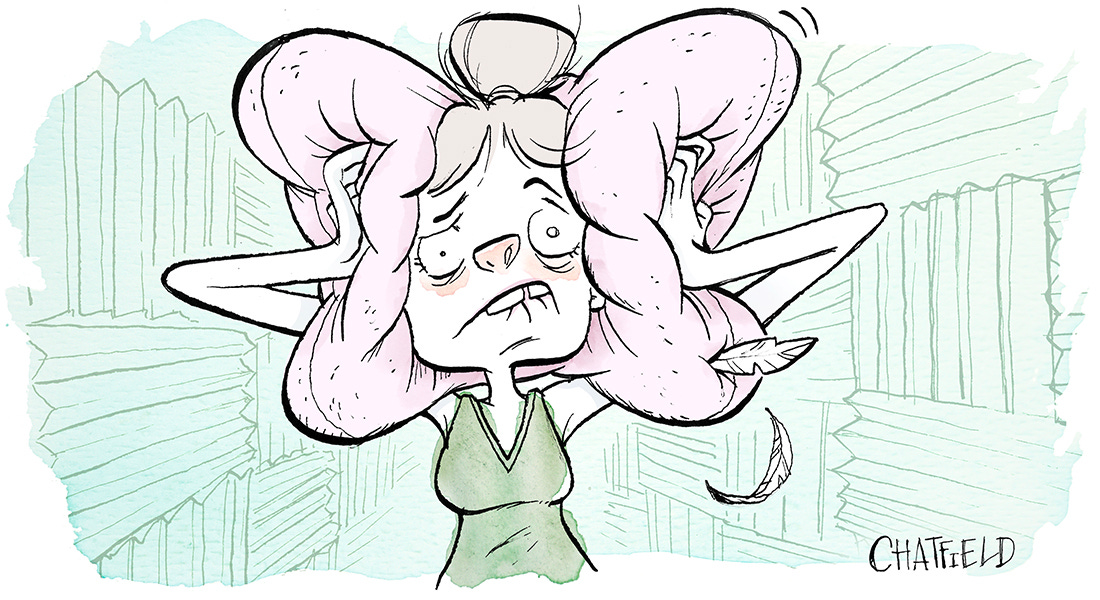On Turning Down the Volume to Hear Your Own Voice
Once Beethoven had gone completely deaf, his work became more original and innovative.
Keep reading with a 7-day free trial
Subscribe to Process Junkie to keep reading this post and get 7 days of free access to the full post archives.





